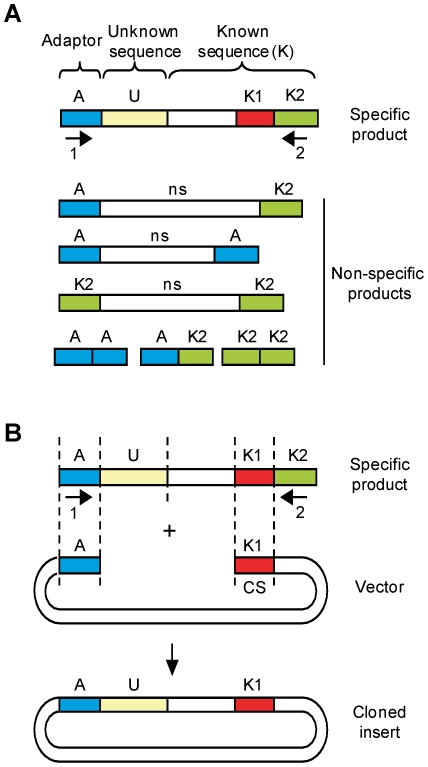Figure 1. Principle of the QC cloning strategy.
(A) PCR products amplified to identify unknown sequences flanking a region of known sequence typically consist of an adaptor sequence (A) attached to the end of the unknown sequence (U) followed by a region of known sequence (K). The PCR product is amplified with two primers (1 and 2) that are homologous to the adaptor sequence and to part of the known sequence (region K2). Non-specific products (ns) and primer dimers can also be obtained during PCR amplification. (B) The fragment is cloned by homology with a linearized vector that is homologous to the adaptor sequence at one end and to a sequence from the known region (K1, called the CS in the cloning vector) at the other end. Since sequence K1 does not overlap with sequence K2, non-specific products and primer dimers cannot be cloned.

